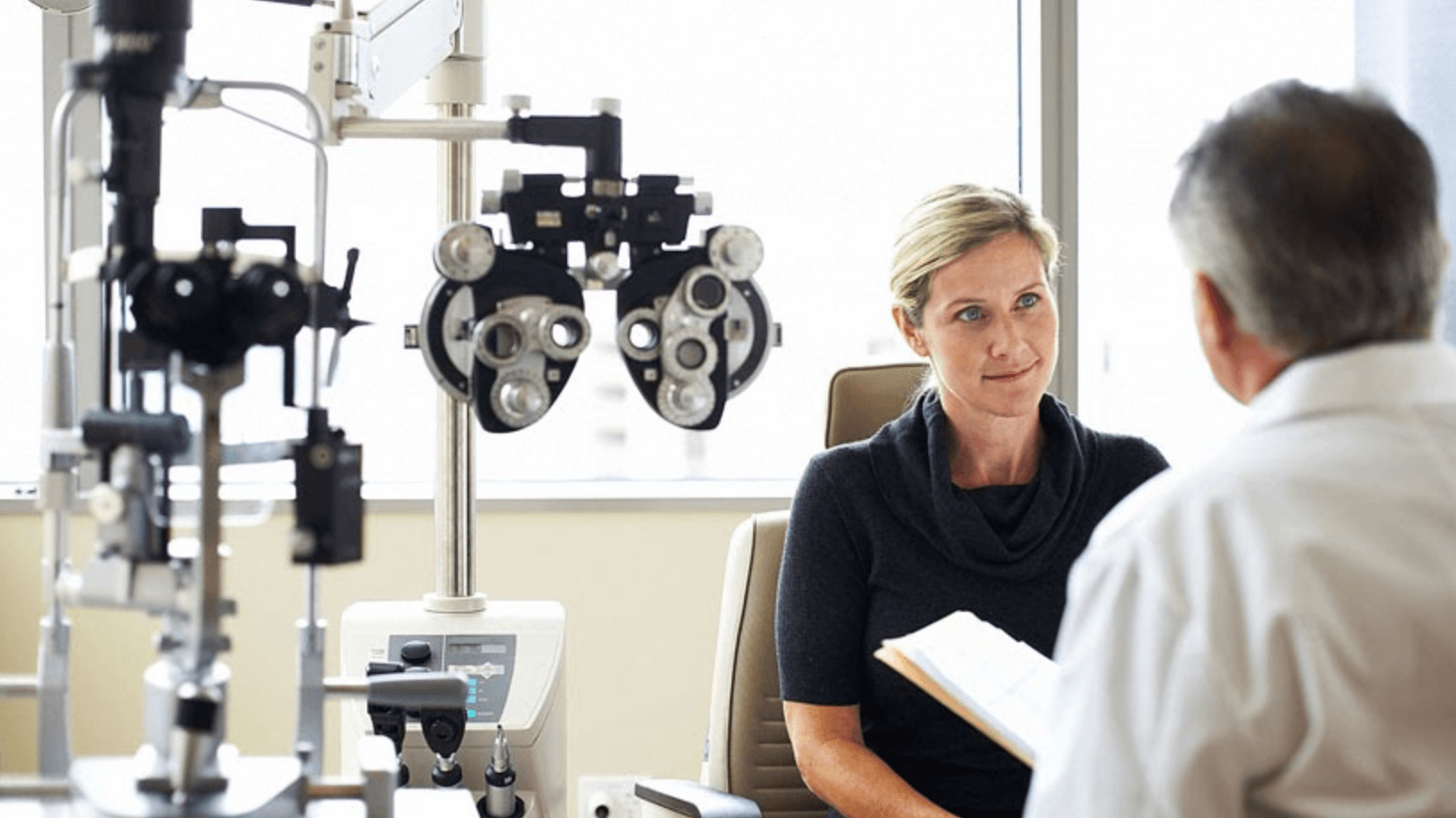Traditional Cataract Surgery vs. Femtosecond Laser-assisted Cataract Surgery
&srotate=0)
By age 40, the proteins in the eye begin to deteriorate and clump together. Eventually, the clump grows large enough to create a cataract, a cloudy spot in the eye’s lens directly behind the pupil. It focuses incoming light onto the photoreceptors (rods and cones) in the retina, at the back of the eye. But a clouded lens can’t properly focus light, causing blurred or hazy vision. If left untreated, cataracts can cause serious vision issues, including blindness. If you think you may have developed cataracts, contact Ticho Eye Associates today for a consultation with board-certified ophthalmologist Dr. Benjamin Ticho in Chicago Ridge, IL, Tinley Park, IL, or Munster, IN.
How are cataracts diagnosed?
Cataracts are the most common vision problem in the United States and the leading cause of blindness worldwide. Dr. Ticho or a member of our expert staff will perform a detailed eye exam to check for the presence and severity of cataracts. An exam may involve one or more of the following tests:
-
A visual acuity test utilizes an eye chart to gauge vision
-
A slit lamp test uses a special microscope that illuminates the front of the eye to identify irregularities
-
A retinal exam analyzes the retina, blood vessels, and other structures at the back of the eye
Early detection of cataracts is essential. If you have concerns or have noticed developing vision problems, contact us to find the best treatment option for you. We also welcome you to visit one of our offices in Chicago Ridge, IL, Tinley Park, IL, or Munster, IN.
Treating cataracts
Prescription glasses may be able to correct vision problems caused by cataracts. But some cases may require surgery, be it traditional cataract surgery or femtosecond laser-assisted cataract surgery. So, which is best for you?
Traditional cataract surgery
Cataract surgery is among the most commonly practiced procedures in the world. It’s a simple, relatively painless process with a long history and time-tested techniques. It only takes 15 – 20 minutes per eye and requires minimal downtime.
How does it work?
First, the surgeon makes an incision on the cornea, the transparent, protective layer covering the front of the eye. Then, they pass a small surgical tool through the pupil to the lens and create a tiny opening in the lens capsule, the thin protein membrane surrounding the lens.
The surgeon then inserts an ultrasound probe into the opening, emitting sound waves to break up cataracts and the clouded lens. Next, these fragments are aspirated (suctioned out). Finally, the surgeon replaces the eye’s natural lens with an artificial intraocular lens (IOL) based on the patient’s particular requirements. The small incisions generally heal on their own, and stitches are unnecessary.
FLACS vs. traditional cataract surgery
Femtosecond laser-assisted cataract surgery (FLACS) is a more modern medical innovation offered by Ticho Eye Associates at our three locations in Chicago Ridge, IL, Tinley Park, IL, and Munster, IN.
The procedure begins with a 3D scan of the eye, which creates a high-resolution image. This ultra-detailed view allows a computer to assess the extent and exact location of cataracts. The computer also programs a laser to make all of the incisions that are traditionally made with a scalpel. This is especially useful for denser or more mature cataracts that may otherwise present difficulties.
With the computer’s guidance, each cut is precise and reproducible. The laser may also soften the cataract, allowing easier fragmentation and removal. And since less energy is required to break it down, this reduces swelling and the risk of cellular damage. The laser-assisted approach also allows more accurate positioning of the intraocular lens, facilitating efficient healing and improved visual outcomes.
FLACS can also correct astigmatism
FLACS may be preferable for patients with astigmatism, an abnormal curvature of the cornea or the lens. Laser-assisted surgery can fix the imperfection by creating a series of incisions to reshape the cornea and achieve the desired roundness. It’s possible to perform this procedure traditionally, by hand and scalpel, but FLACS offers additional consistency and precision.
Finding the best option for you
No matter which option you choose, traditional cataract surgery or FLACS, rest assured that both procedures are well-tested and safe. Studies have found both highly effective, and surgeons say they’ve achieved “fantastic results” using either technique. Whatever your choice, it’s important to act as early to ensure the best treatment outcome and prevent future problems.
Dr. Benjamin Ticho will develop a tailor-made plan to meet your specific needs and give the crystal-clear vision you deserve. To find out how Ticho Eye Associates can best help you, contact our office to set up a one-on-one consultation in Chicago Ridge, IL, Tinley Park, IL, or Munster, IN.